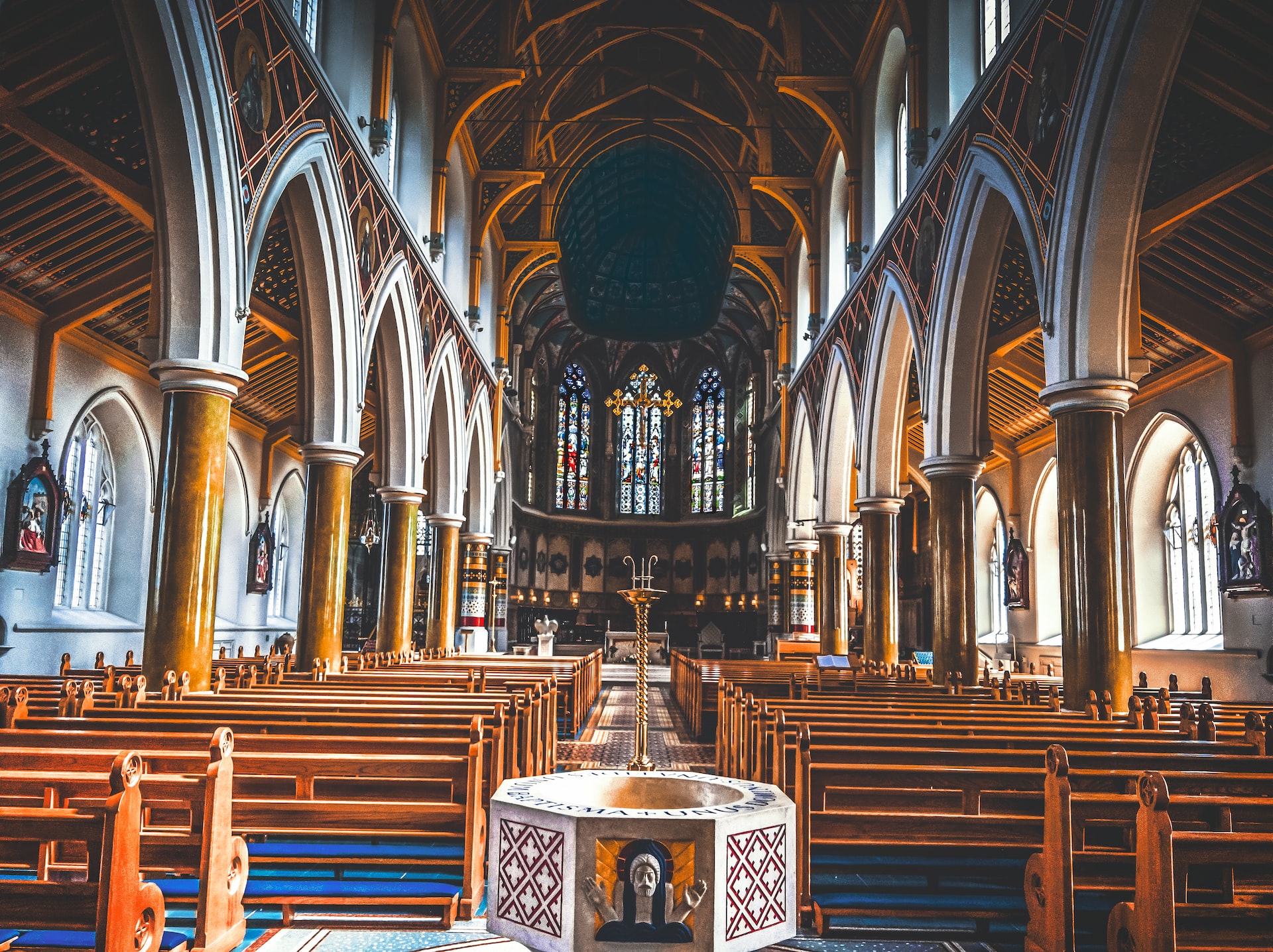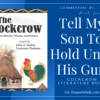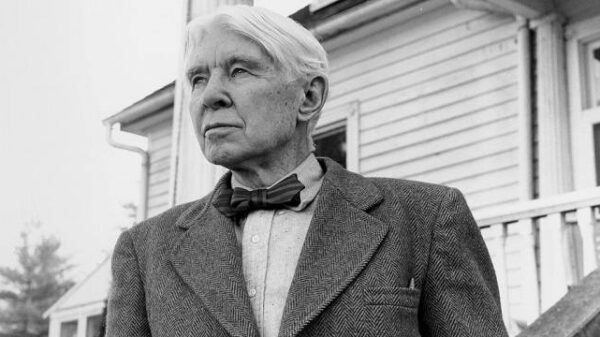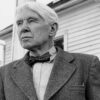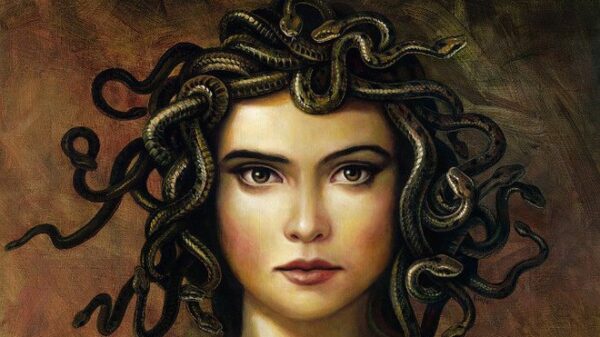The Catholic Church, with over 1.3 billion followers worldwide, is one of the oldest and most influential religious institutions in history. Its origins trace back to Jesus Christ, who, according to Christian belief, appointed the Apostle Peter as the first leader of His Church.
Jesus’ words to Peter, “You are Peter, and on this rock I will build my church” (Matthew 16:18), established the foundation for the papacy—a spiritual and administrative office that has endured for nearly two millennia.
Over the centuries, the Church grew from a persecuted sect in the Roman Empire to a dominant religious and political force in medieval Europe, shaping Western civilization through theology, education, and governance.
The term “pope” (from the Latin papa, meaning “father”) became formally associated with the Bishop of Rome by the late 4th century. As successors of St. Peter, popes have wielded both spiritual authority and, at times, temporal power, influencing kingdoms, empires, and global affairs.
The Vatican, the world’s smallest sovereign state, now serves as the central hub of Catholicism, where the pope resides as the spiritual leader of the faithful. The process of electing a new pope, known as a conclave, is a sacred tradition steeped in secrecy, prayer, and centuries-old rituals designed to ensure divine guidance in selecting the next Vicar of Christ.
Throughout history, the papacy has faced schisms, reforms, and challenges, yet it remains a unifying figure for Catholics worldwide. The death or resignation of a pope marks a pivotal moment for the Church, triggering an elaborate and deeply symbolic election process.
From the early days of Christian persecution to the modern era, the selection of a new pope reflects both the continuity of apostolic tradition and the evolving needs of the Church in a changing world.
The First Pope Recorded In History
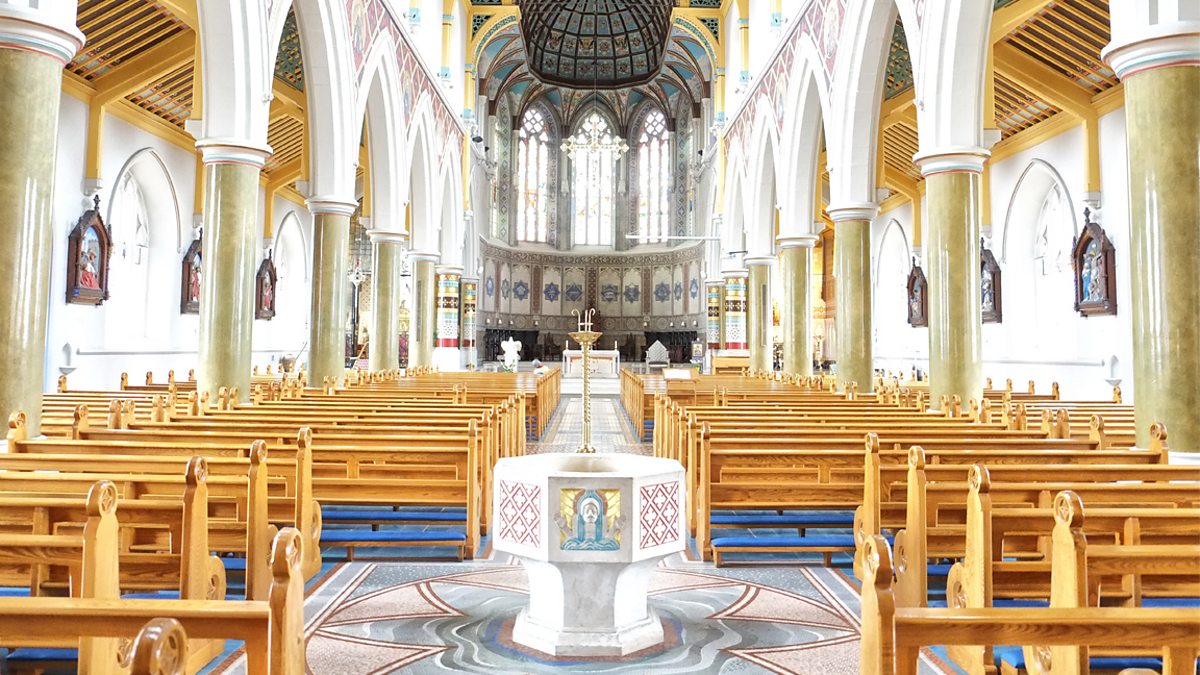
The first pope recorded in history is St. Peter, one of Jesus’ twelve apostles and a central figure in the New Testament. Originally named Simon, he was given the name Peter (from the Greek Petros, meaning “rock”) by Jesus, signifying his role as the foundation of the Church.
Peter was a fisherman by trade before becoming a devoted follower of Christ, witnessing key events such as the Transfiguration and the Last Supper. Despite his initial denial of Jesus during the Passion, Peter became a bold preacher after the Resurrection, leading the early Christian community in Jerusalem and beyond.
Tradition holds that Peter traveled to Rome, where he was martyred under Emperor Nero around 64-67 AD, crucified upside down at his own request, deeming himself unworthy to die in the same manner as Christ. He was buried on Vatican Hill, where St. Peter’s Basilica now stands.
Early Christian writings, including the letters of St. Clement and St. Irenaeus, affirm Peter’s leadership as the first Bishop of Rome, establishing the line of apostolic succession that continues to this day. His legacy as the first pope underscores the enduring link between the modern papacy and the origins of Christianity.
The Death or Resignation of a Pope
When a pope dies or resigns (as Pope Benedict XVI did in 2013, the first resignation in nearly 600 years), the Church enters a period of mourning and transition. The pope’s death is verified by the Camerlengo (Chamberlain of the Holy Roman Church), who then notifies the College of Cardinals and oversees the Vatican’s administrative functions.
The pope’s body lies in state at St. Peter’s Basilica, where thousands pay their respects before a funeral Mass, traditionally held within four to six days.
Following the funeral, the Church observes a sede vacante (“vacant seat”) period, during which the College of Cardinals governs the Church and prepares for the conclave. Cardinals under the age of 80 (numbering around 120) are eligible to vote.
Before the election, they gather for general congregations to discuss Church issues and set the conclave date, which must begin between 15 and 20 days after the pope’s death unless special circumstances delay it.
The Conclave
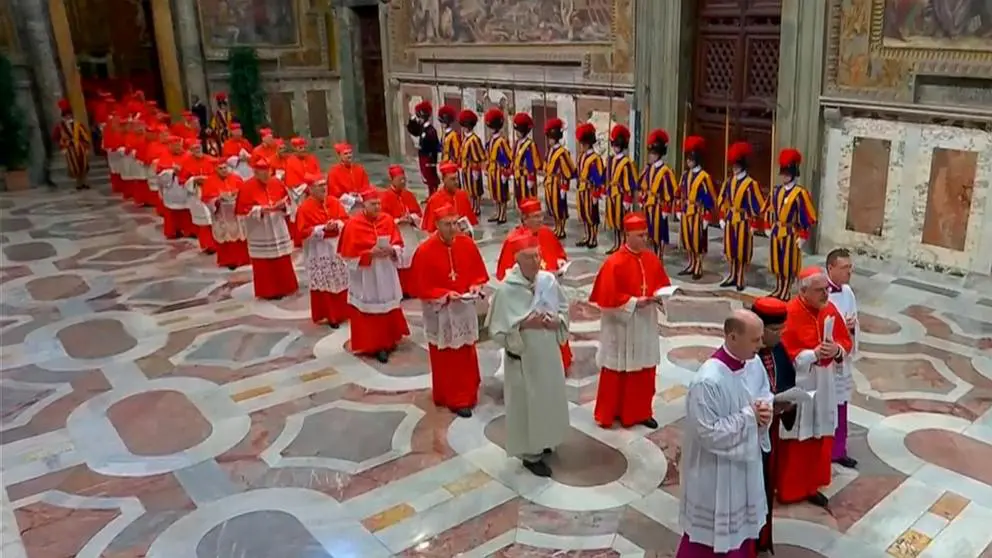
The conclave (from the Latin cum clave, meaning “with a key”) is held in the Sistine Chapel, sealed off to ensure secrecy. Cardinals take an oath of silence, and all communication with the outside world is prohibited. The election follows a precise ritual:
Each cardinal writes a name on a ballot, invoking the Holy Spirit’s guidance. Four rounds of voting are held daily (two in the morning, two in the afternoon). A two-thirds majority (or a simple majority after several deadlocked rounds) is required for election.
After each round, ballots are burned. Black smoke signals no decision; white smoke announces a new pope.
The elected candidate must accept. If he does, he chooses a papal name, and the senior cardinal announces “Habemus Papam!” (“We have a pope!”) from St. Peter’s balcony.
thepoetshub
Poet Nazir is a writer and an editor here on ThePoetsHub. Outside this space, he works as a poet, screenwriter, author, relationship adviser and a reader. He is also the founder & lead director of PNSP Studios, a film production firm.

